Scandinavian Interior Design

Scandinavian interior design is a popular design style that originated in the Nordic countries of Denmark, Norway, Sweden, Finland, and Iceland. It emerged in the early 20th century and has since become renowned for its simplicity, functionality, and emphasis on natural elements. This design philosophy focuses on creating bright, airy, and clutter-free spaces promoting tranquillity and well-being.
Let's explore the key features of Scandinavian interior design and discuss ideas to incorporate them into your space.
Key Characteristics of Scandinavian Interior Design
Scandinavian interior design is characterised by a few essential elements that set it apart. The following core design features can make your spaces feel warm, cosy, and timeless.
- Minimalism: Scandinavian design embraces the concept of "less is more." It features clean lines, uncluttered spaces, and minimal use of decorative elements. The goal is to create a calm and serene atmosphere.
- Neutral Color Palettes: A predominant feature of this style is the use of light, neutral colours like whites, soft greys, muted blues, and pastel shades. These colours reflect natural light and contribute to openness and brightness.
- Natural Materials: Scandinavian design celebrates the beauty of nature by incorporating natural materials such as wood, stone, and leather. These elements add warmth and texture to the spaces.
- Lighting: Given the long, dark winters in the Nordic regions, lighting plays a crucial role in Scandinavian design. Large windows are emphasised to maximise natural light, and artificial lighting is carefully chosen to create a cosy ambience.
- Connection with Nature: Scandinavian interiors often feature elements that connect with nature, such as indoor plants, nature-inspired artwork, or views of the natural landscape.
- Hygge: A Danish concept, "hygge" (pronounced hoo-ga) embodies cosiness, contentment, and well-being. Scandinavian design strives to create spaces that evoke feelings of hygge, promoting comfort and a sense of belonging.
Scandinavian Interior Design Ideas
Now that we have explored the key characteristics of Scandinavian interior design, let's dive into a collection of ideas to help you add Scandinavian charm to your living spaces. From subtle touches to room transformations, these Scandinavian interior design ideas will guide you in creating a cosy, functional, and aesthetically pleasing environment.
White and Light Grey Walls
White and light grey walls are a foundational element of Scandinavian design. These light and neutral colours serve as a canvas, creating a sense of openness and brightness. They also allow natural light to bounce off the walls, enhancing the overall illumination and making the room feel more spacious.

Natural Wood Flooring
Natural wood flooring is a quintessential feature of Scandinavian interiors. Like oak or pine, light-coloured woods add warmth and character to the space. The smooth texture of the wood complements the clean lines of Scandinavian design and infuses a natural, organic feel into the room.
Minimalist Furniture
Minimalist furniture is a hallmark of Scandinavian design philosophy. The focus is on practicality and simplicity, with furniture pieces characterised by clean lines and uncluttered forms. From sofas and dining tables to chairs and shelves, minimalist furniture blends seamlessly into the space, contributing to a clutter-free and visually appealing environment.

Neutral Colour Scheme
A consistent neutral colour scheme, dominated by soft hues like whites, greys, and pastels, is a fundamental aspect of Scandinavian design. These colours promote a sense of calm and tranquillity, allowing the eye to rest and encouraging a peaceful atmosphere.
Textured Textiles
Textured textiles play a crucial role in creating a cosy and inviting ambience. Knitted throws, faux fur rugs, and soft cushions made from natural materials like cotton or wool add comfort and tactile appeal. These textiles enhance the overall cosiness and bring a touch of nature indoors.
Scandinavian Lighting Fixtures
Lighting is integral to Scandinavian design, especially in regions with long dark winters. Stylish pendant lights, floor lamps, and table lamps with clean and modern designs serve both functional and aesthetic purposes. They provide ample illumination and create a warm, inviting glow.
Indoor Plants
Bringing the outdoors inside, indoor plants add a fresh and natural touch to Scandinavian interiors. Small potted plants, succulents, or leafy greens act as decorative elements and contribute to improved air quality, promoting a healthier and more pleasant living environment.
Functional Storage Solutions
Functional storage solutions are vital to maintaining the clutter-free aesthetic of Scandinavian design. Cleverly designed storage options such as floating shelves, wall-mounted cabinets, and storage ottomans keep belongings organised and out of sight, ensuring a clean and streamlined look.
Cosy Reading Nook
Creating a cosy reading nook allows you to carve out a private retreat within your home. A comfortable armchair or chaise lounge in a well-lit corner near a window, a soft blanket and a small side table provide a perfect spot to unwind with a good book and a cup of tea.

Hygge Fireplace
Adding a hygge-inspired fireplace or a faux fireplace instantly enhances Scandinavian design's cosy and welcoming atmosphere. The warmth and glow of the fire evoke feelings of contentment and relaxation, making it an ideal focal point for the living room.
Natural Textured Curtains
Light and airy curtains made from natural fabrics add a touch of texture and softness to the windows. The curtains allow natural light to filter through while maintaining privacy, contributing to the sense of openness and simplicity in the space.
Simple Wall Decor
Wall decor in Scandinavian interiors is kept simple and elegant. Framed black and white photographs, minimalist artwork, or nature-inspired prints complement the neutral colour scheme without overwhelming the space, creating a sophisticated and harmonious look.

Final Thoughts
Scandinavian interior design, with its roots in the Nordic countries, continues to captivate with its blend of simplicity, functionality, and a strong connection with nature. Your living spaces can exude a sense of tranquillity and timeless elegance by incorporating key characteristics such as minimalism, neutral colour palettes, and natural materials.
By combining the core features of Scandinavian design and these creative inspirations, you can create a space that reflects your style and nurtures a sanctuary of comfort and well-being. Let these ideas guide you on your journey to transforming your home into a haven of Scandinavian serenity.
Scandinavian Interior Design Meaning: Embracing Nordic Simplicity and Functionality
Scandinavian interior design embodies a philosophy of simplicity, functionality, and connection to nature. This design approach, originating from Nordic countries, emphasises clean lines, minimalism, and light-filled spaces. At its core, Scandinavian design seeks to create warm, inviting interiors that are both beautiful and practical. The style reflects the Nordic way of life, valuing quality over quantity and finding beauty in everyday objects. It's not just about aesthetics; it's a lifestyle that promotes comfort, sustainability, and well-being in the home environment.

Scandinavian Interior Design: Crafting Serene and Stylish Living Spaces
Scandinavian interior design has gained global popularity for its timeless appeal and versatility. This style is characterised by a harmonious blend of form and function, creating spaces that are both aesthetically pleasing and highly practical. Key elements include neutral colour palettes, natural materials, and abundant natural light. Furniture pieces are often streamlined and multifunctional, reflecting the Nordic preference for efficiency and simplicity. Scandinavian interiors typically feature a mix of textures, from cosy textiles to smooth wood surfaces, creating a sense of warmth and comfort within a minimalist framework.
Scandinavian Interior Design Characteristics: Key Elements of Nordic Style
The distinctive characteristics of Scandinavian interior design include:
- Minimalism: Clutter-free spaces with carefully curated items
- Natural Light: Large windows and light-enhancing design elements
- Neutral Colour Palette: Predominantly whites, greys, and beiges
- Natural Materials: Extensive use of wood, stone, and natural fibres
- Functionality: Practical, multi-purpose furniture and storage solutions
- Textural Contrast: Mixing smooth surfaces with cosy textiles
- Biophilic Elements: Incorporation of plants and nature-inspired decor
- Clean Lines: Simple, unfussy shapes in furniture and architecture
These elements combine to create spaces that are both visually appealing and highly livable.
Scandinavian Interior Design Living Room: Creating Cosy and Inviting Spaces
In Scandinavian interior design, the living room serves as a warm, inviting hub for relaxation and socialising. Key features include:
- Light-coloured walls to maximise natural light reflection
- Comfortable, streamlined furniture with clean lines
- Layered textiles like throws and cushions for added warmth
- Wooden flooring, often in light hues, paired with area rugs
- Statement lighting fixtures as both functional and decorative elements
- Minimal window treatments to allow maximum natural light
- Curated decor that combines functionality with aesthetic appeal
The goal is to create a space that feels both spacious and cosy, perfect for everyday living and entertaining.

Scandinavian Interior Design Style: Blending Simplicity with Sophistication
The Scandinavian interior design style is renowned for its timeless elegance and understated sophistication. This approach focuses on:
- Quality over quantity in furniture and decor choices
- Balanced compositions that avoid clutter and excess
- Organic forms inspired by nature and Nordic landscapes
- Subtle colour accents against a predominantly neutral backdrop
- Artisanal craftsmanship in furniture and decorative objects
- Integration of vintage and modern pieces for a curated look
- Emphasis on natural materials like wood, leather, and stone
This style creates interiors that are both visually appealing and deeply comfortable, reflecting the Nordic appreciation for simplicity and quality of life.

Scandinavian Interior Design Bedroom: Crafting Serene Sleep Sanctuaries
Scandinavian bedroom design focuses on creating a peaceful, restful environment. Key elements include:
- Soft, muted colour palettes to promote relaxation
- Minimalist furniture with clean lines and functional design
- Layered bedding in natural fabrics for comfort and warmth
- Abundant natural light balanced with blackout options for sleep
- Clutter-free spaces with smart storage solutions
- Natural materials like wooden flooring and furniture
- Subtle textures in rugs, throws, and cushions
- Minimal, curated decor to maintain a calm atmosphere
The goal is to create a tranquil retreat that promotes restful sleep and relaxation.
Scandinavian Interior Design Kitchen: Blending Functionality with Aesthetic Appeal
Scandinavian kitchen design prioritises efficiency and simplicity without compromising on style. Key features include:
- White or light-coloured cabinetry to enhance brightness
- Open shelving for both storage and display
- Sleek, handle-free cabinet designs for a streamlined look
- Natural wood elements in countertops or flooring
- Minimalist hardware and fixtures in matte finishes
- Integrated appliances to maintain a clean aesthetic
- Functional lighting combined with statement pendant lights
- Touches of greenery to bring life to the space
The result is a kitchen that is both highly functional and visually appealing, perfect for cooking and gathering.
Scandinavian Interior Design Color Palette: Embracing Nordic Hues
The Scandinavian colour palette is characterised by its light, airy feel and connection to nature. Key aspects include:
- Predominant use of whites to maximise light reflection
- Soft, muted neutrals like beige, grey, and taupe
- Pale pastels for subtle colour accents
- Natural wood tones from light birch to deeper walnut
- Black accents for contrast and definition
- Pops of muted colours inspired by Nordic landscapes
- Blue tones reminiscent of Scandinavian skies and waters
- Earthy greens to bring a touch of nature indoors
This colour scheme creates a calm, harmonious environment that feels both fresh and cosy, perfectly embodying the Scandinavian design ethos.
FAQ
What is Scandinavian interior design?
Scandinavian interior design is a minimalist style characterized by simplicity, functionality, and natural elements. It emphasizes clean lines, light colors, and a cozy atmosphere.
What are the rules of Scandinavian design?
Key rules include: maximize natural light, use a neutral color palette, incorporate natural materials, prioritize functionality, and embrace minimalism while maintaining comfort.
What is Scandinavian aesthetic?
The Scandinavian aesthetic focuses on simplicity, functionality, and connection to nature. It values clean lines, muted colors, and uncluttered spaces that promote calm and well-being.
What is the Scandinavian design theory?
Scandinavian design theory emphasizes form follows function, simplicity, and democratic design. It aims to create beautiful, functional objects accessible to all, regardless of social status.
What are Scandi colours?
Scandi colors typically include whites, grays, blacks, and muted earth tones. Pops of color are often introduced through natural elements or carefully chosen accessories.
What are the key elements of Scandinavian interior design?
Key elements include natural light, neutral colors, wood accents, functional furniture, minimalism, cozy textiles, and a focus on sustainability.
How to Scandinavian-style?
To achieve Scandinavian style, focus on light colors, natural materials, minimalist furniture, abundant natural light, and cozy textiles. Eliminate clutter and prioritize functionality.
Why is Scandinavian interior design so popular?
Scandinavian design is popular for its timeless appeal, functionality, simplicity, and ability to create calm, inviting spaces. It also aligns with modern trends towards minimalism and sustainability.
What is the difference between Scandinavian and Nordic style?
While often used interchangeably, Nordic style tends to be slightly more rustic and nature-inspired, while Scandinavian design is typically more minimalist and urban-focused.
Who are the most famous Scandinavian interior designers?
Notable Scandinavian designers include Alvar Aalto, Arne Jacobsen, Hans Wegner, Verner Panton, and Eero Saarinen, known for their iconic furniture and lighting designs.
What is Scandinavian minimalism?
Scandinavian minimalism combines the simplicity of minimalism with the warmth and functionality of Scandinavian design, creating spaces that are both uncluttered and cozy.
What is Scandinavian-style bedroom?
A Scandinavian-style bedroom features light colors, natural materials, minimal decor, functional furniture, and soft textiles to create a calm, restful environment.
What are the principles of Scandinavian design?
Principles include functionality, simplicity, natural materials, light and neutral colors, connection to nature, minimalism, and democratic design.
What are the textures of Scandinavian design?
Scandinavian design incorporates natural textures like wood, wool, linen, leather, and stone to add warmth and interest to minimalist spaces.
How to get Scandinavian-style?
Achieve Scandinavian style by decluttering, using light colors, incorporating natural materials, maximizing natural light, and choosing functional, minimalist furniture.
What style is Scandinavian design?
Scandinavian design is a modern style characterized by minimalism, functionality, and a connection to nature, originating from Nordic countries in the mid-20th century.
What is the Scandinavian design approach?
The Scandinavian approach focuses on creating simple, functional, and beautiful objects that improve daily life, emphasizing accessibility, sustainability, and connection to nature.
What makes a house Scandinavian?
A Scandinavian house features light interiors, natural materials, minimalist decor, functional furniture, and a strong connection to the outdoors through large windows and natural elements.
How to get a Scandinavian interior?
Create a Scandinavian interior by maximizing natural light, using a neutral color palette, incorporating wood elements, choosing minimalist furniture, and adding cozy textiles.
How can I decorate like a Scandinavian?
Decorate like a Scandinavian by keeping spaces uncluttered, using light colors, incorporating natural materials, choosing functional furniture, and adding warmth through textiles.
What is the difference between Scandinavian and Nordic design?
Scandinavian design tends to be more minimalist and urban-focused, while Nordic design is often more rustic and heavily influenced by nature.
What is scandi chic?
Scandi chic combines Scandinavian minimalism with subtle luxurious elements, creating spaces that are both simple and sophisticated.
How to identify Scandinavian furniture?
Identify Scandinavian furniture by its clean lines, functional design, light wood tones, minimalist aesthetic, and focus on craftsmanship.
What are the rules of Scandi style?
Rules include maximizing natural light, using a neutral color palette, incorporating natural materials, embracing minimalism, and prioritizing functionality and comfort.
Why is Scandinavian design so minimalist?
Scandinavian design is minimalist due to its focus on functionality, simplicity, and the belief that less is more. It also reflects the region's long, dark winters, which benefit from light, uncluttered spaces.
What is the difference between Scandinavian and minimalist interior design?
While both emphasize simplicity, Scandinavian design incorporates more warmth, natural elements, and cozy textures compared to the often starker aesthetic of pure minimalism.
What makes Scandinavian design unique?
Scandinavian design is unique in its balance of minimalism and warmth, focus on functionality, use of natural materials, and democratic approach to creating beautiful, accessible design.
What is a Scandinavian bedroom?
A Scandinavian bedroom features light colors, natural materials, minimal decor, functional furniture, and soft textiles to create a calm, restful environment.
What is Scandinavian kitchen design?
Scandinavian kitchen design emphasizes simplicity, functionality, and light. It typically features white cabinets, wood accents, minimalist hardware, and open shelving.
What is the Scandinavian approach to design?
The Scandinavian approach focuses on creating simple, functional, and beautiful objects that improve daily life, emphasizing accessibility, sustainability, and connection to nature.
What is Scandinavian-style homes?
Scandinavian-style homes feature light-filled interiors, neutral color palettes, natural materials, minimalist decor, and a strong connection to the outdoors.
Why are Scandinavians so good at design?
Scandinavians excel in design due to their cultural emphasis on simplicity and functionality, long tradition of craftsmanship, and societal values that prioritize accessible, sustainable design.
What is the scandi look?
The Scandi look is characterized by light, airy spaces, neutral colors, natural materials, minimalist furniture, and cozy textiles that create a warm, inviting atmosphere.
What is the difference between Scandi and Nordic style?
Scandi style tends to be more minimalist and urban-focused, while Nordic style is often more rustic and heavily influenced by nature, though the terms are often used interchangeably.
What was the aim of Scandinavian design?
The aim of Scandinavian design was to create beautiful, functional objects accessible to all, emphasizing simplicity, quality, and improving everyday life.
What are the rules of Scandinavian design?
Key rules include maximizing natural light, using a neutral color palette, incorporating natural materials, prioritizing functionality, and embracing minimalism while maintaining comfort.
What is the difference between Scandinavian and Bohemian interior design?
Scandinavian design emphasizes minimalism and neutral colors, while Bohemian design embraces maximalism, vibrant colors, and eclectic patterns.
How to create a Scandinavian interior?
Create a Scandinavian interior by maximizing natural light, using a neutral color palette, incorporating wood elements, choosing minimalist furniture, and adding cozy textiles.
What are the key characteristics of Scandinavian design?
Key characteristics include simplicity, functionality, minimalism, natural materials, light colors, connection to nature, and a focus on craftsmanship.
What defines Scandinavian-style?
Scandinavian style is defined by its minimalist aesthetic, functionality, use of natural materials, light color palettes, and balance of comfort and simplicity.
What colours are used in Scandinavian design?
Scandinavian design primarily uses whites, grays, blacks, and muted earth tones, often with pops of color through natural elements or carefully chosen accessories.
What are the characteristics of Scandinavian design?
Scandinavian design is characterized by its minimalist approach and focus on functionality. Key features include clean lines, muted color palettes, and an emphasis on natural materials like wood and leather. The style prioritizes simplicity and practicality, often incorporating plenty of natural light and open spaces to create a sense of airiness and calm.
What makes a style Scandinavian?
A style becomes Scandinavian when it embodies the principles of form follows function and less is more. It typically features light, neutral colors, with occasional pops of muted hues. The use of natural textures and materials is prominent, as is a focus on craftsmanship. Scandinavian style also emphasizes comfort and coziness, often incorporating elements that create a warm, inviting atmosphere despite the minimalist aesthetic.
What is Nordic vs Scandinavian interior?
While often used interchangeably, Nordic and Scandinavian interiors have subtle differences. Nordic design tends to be slightly more rustic and may incorporate more colorful elements. Scandinavian interiors, on the other hand, often lean towards a more minimalist approach with a stricter color palette. Both styles prioritize functionality and simplicity, but Nordic design might include more traditional, folksy elements.
What's the difference between Nordic and Scandinavian?
The main difference lies in geographical and cultural scope. Scandinavian typically refers to Denmark, Norway, and Sweden, while Nordic includes these countries plus Finland, Iceland, and sometimes the Faroe Islands and Greenland. In design terms, Nordic style often incorporates a broader range of influences and may be slightly more eclectic, while Scandinavian design tends to adhere more strictly to minimalist principles.
What is a Scandinavian style house?
A Scandinavian style house typically features clean, simple lines and a light, airy interior. Large windows are common to maximize natural light. The color scheme is usually neutral, with white walls being particularly popular. Wood is often used prominently, both in flooring and furniture. The layout tends to be open and functional, with a focus on creating cozy, inviting spaces despite the minimalist aesthetic.
What are Scandinavian features?
Scandinavian features in design include light wood tones, white walls, and pops of muted colors. Furniture often has sleek, simple lines and is made from natural materials. Textural elements like wool throws or sheepskin rugs add warmth. Functionality is key, with storage solutions often cleverly integrated into the design. Plants and nature-inspired elements are also common, bringing a touch of the outdoors inside.
What is Scandinavian aesthetics?
Scandinavian aesthetics revolve around the concept of "hygge" - a sense of coziness and well-being. The aesthetic prioritizes clean lines, uncluttered spaces, and a harmonious blend of form and function. It embraces natural light and organic materials, creating environments that are both visually pleasing and comfortable. The color palette is typically subdued, with an emphasis on whites, grays, and muted tones, occasionally accented with subtle pops of color.
How to get Scandinavian style?
To achieve Scandinavian style, start by decluttering your space and opting for a neutral color palette. Incorporate natural materials like wood and leather in furniture and decor. Choose pieces with clean lines and minimal ornamentation. Add textural elements like wool throws or sheepskin rugs for warmth. Maximize natural light with sheer curtains or no window coverings at all. Finally, include some greenery with plants to bring life to the space.
What is modern Scandinavian style?
Modern Scandinavian style builds on traditional Scandinavian design principles while incorporating contemporary elements. It maintains the focus on functionality and simplicity but may include more bold color accents or geometric patterns. Modern Scandinavian interiors often feature a mix of classic pieces with cutting-edge designs, creating a look that's both timeless and current. Smart home technology is often seamlessly integrated into the clean, minimalist aesthetic.
Why is it called Scandinavian design?
The term "Scandinavian design" originated in the 1950s, when design from Nordic countries gained international recognition. It refers to the common design principles shared by Denmark, Norway, and Sweden, which emerged from these countries' similar cultural values and geographical conditions. The style became known for its emphasis on simplicity, functionality, and connection to nature, reflecting the Scandinavian way of life.
What are the characteristics of Scandinavian culture?
Scandinavian culture is characterized by a strong emphasis on equality, social welfare, and work-life balance. There's a deep appreciation for nature and outdoor activities. The concept of "hygge" (coziness and contentment) is central, especially in Denmark. Scandinavian cultures value simplicity, functionality, and sustainability, which is reflected in their design aesthetic. There's also a strong tradition of craftsmanship and a preference for quality over quantity.
What is the essence of Scandinavian design?
The essence of Scandinavian design lies in its perfect balance of form and function. It embodies the principle that beautiful and practical everyday objects should be affordable to everyone, not just the elite. The design philosophy emphasizes simplicity, minimalism, and functionality without sacrificing beauty. It's deeply rooted in a respect for nature and natural materials, as well as a desire to create warm, inviting spaces that improve daily life.
What defines Scandinavian architecture?
Scandinavian architecture is defined by its focus on simplicity, functionality, and connection to nature. It often features clean lines, large windows to maximize natural light, and the use of natural materials like wood. The style emphasizes creating harmony between the built environment and its natural surroundings. Interior spaces are typically open and airy, with a focus on creating comfortable, livable areas. Sustainability is also a key consideration, with many Scandinavian buildings incorporating eco-friendly design elements.
Related Posts
Boho – Bohemian Interior Design
Related Rug Collections




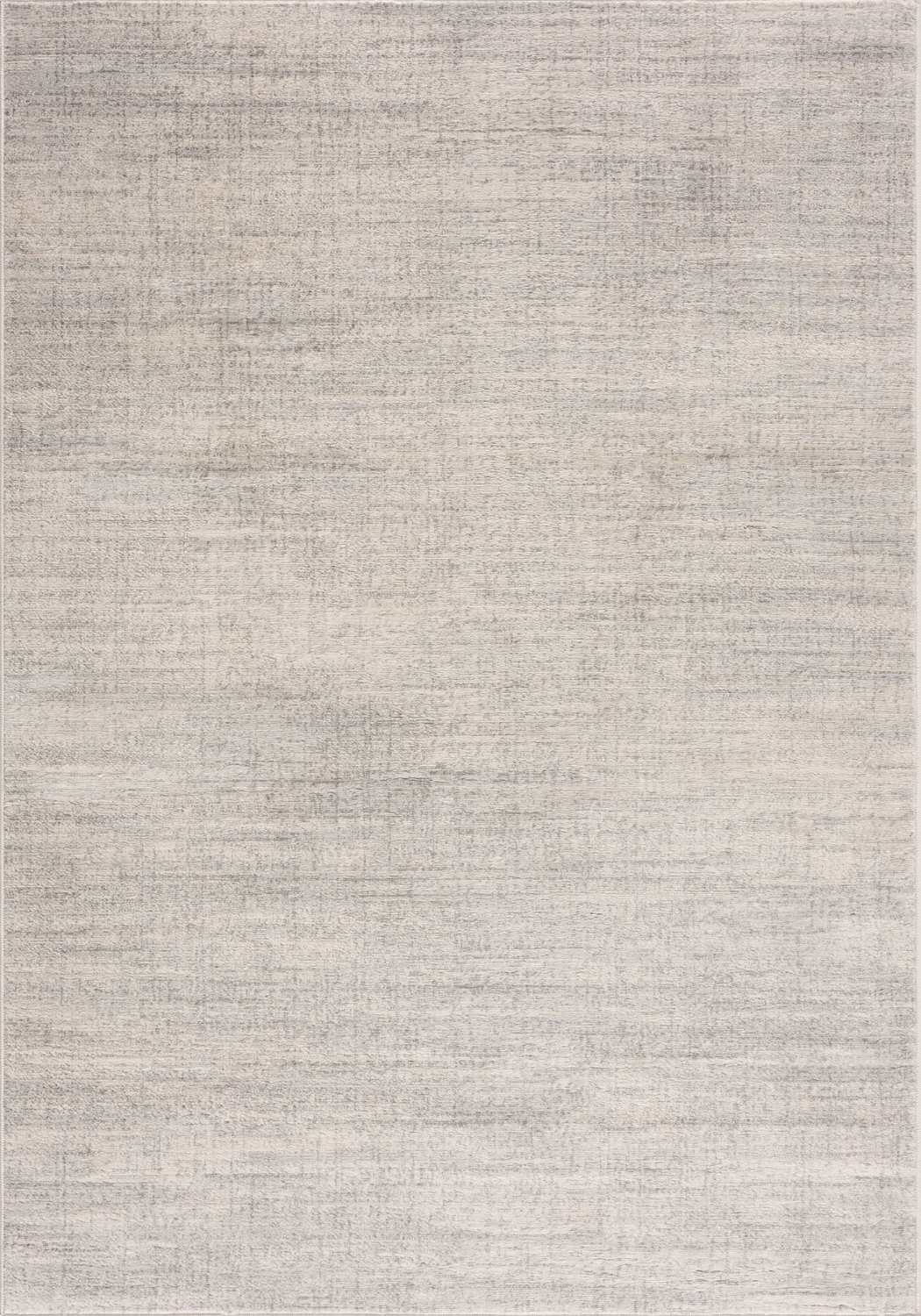
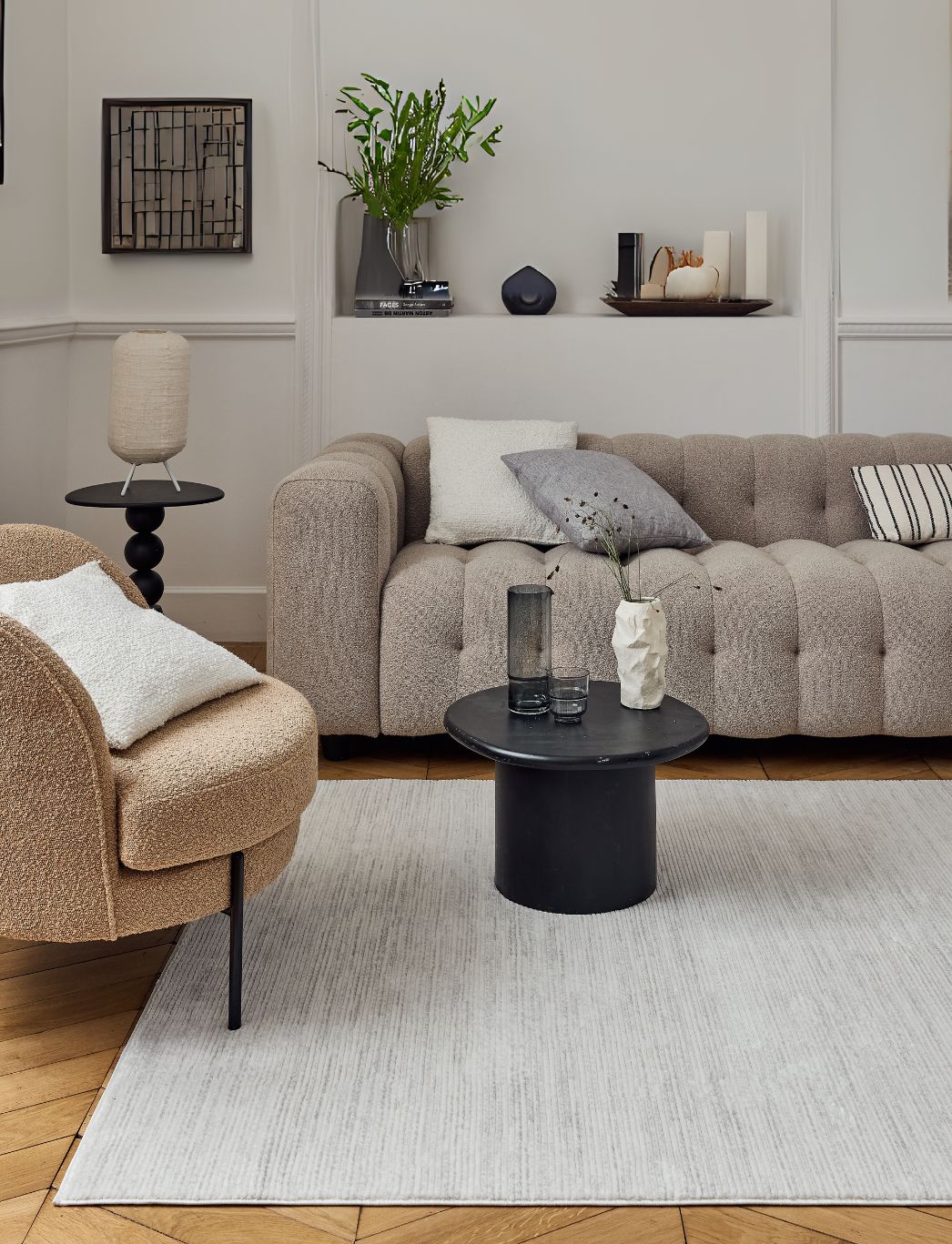
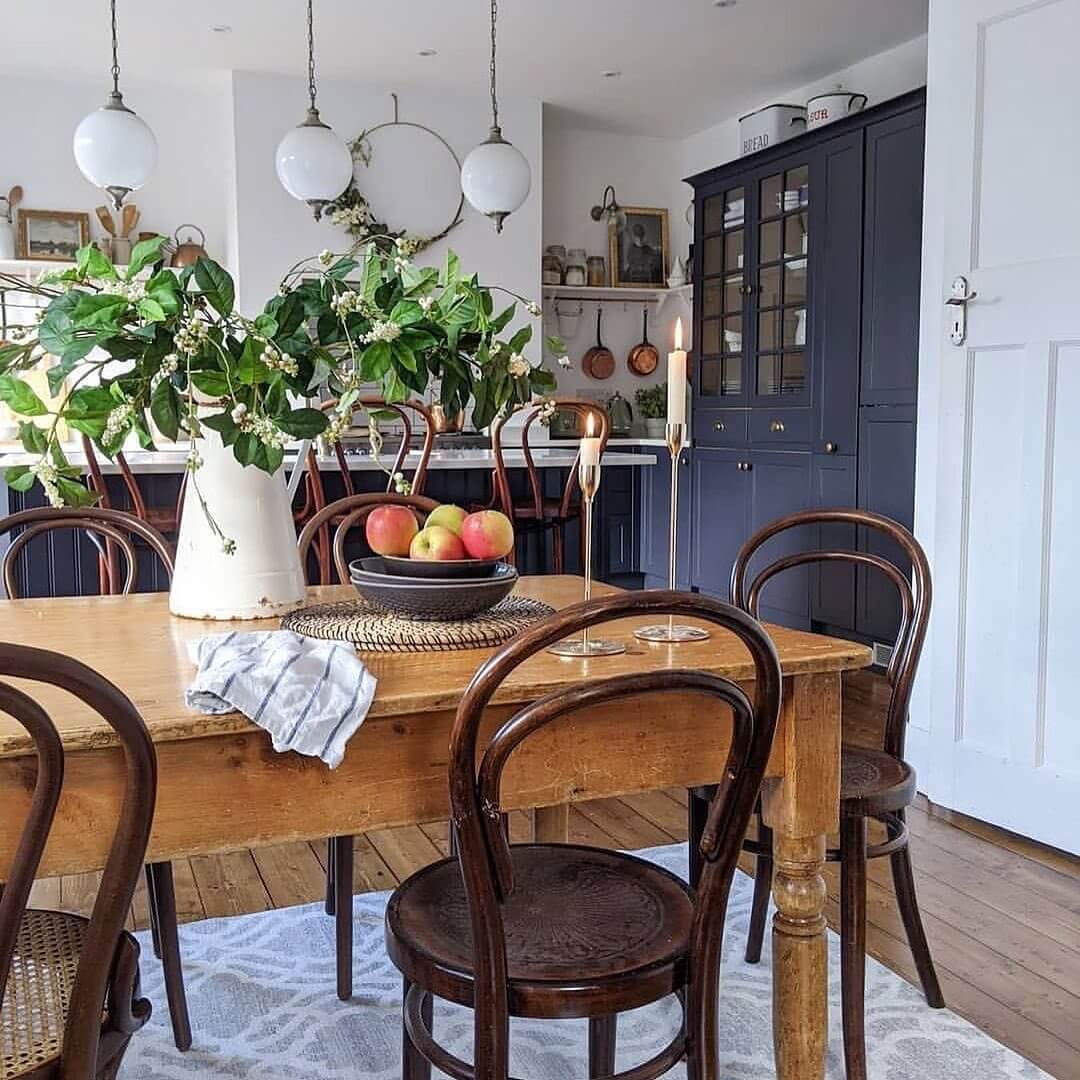
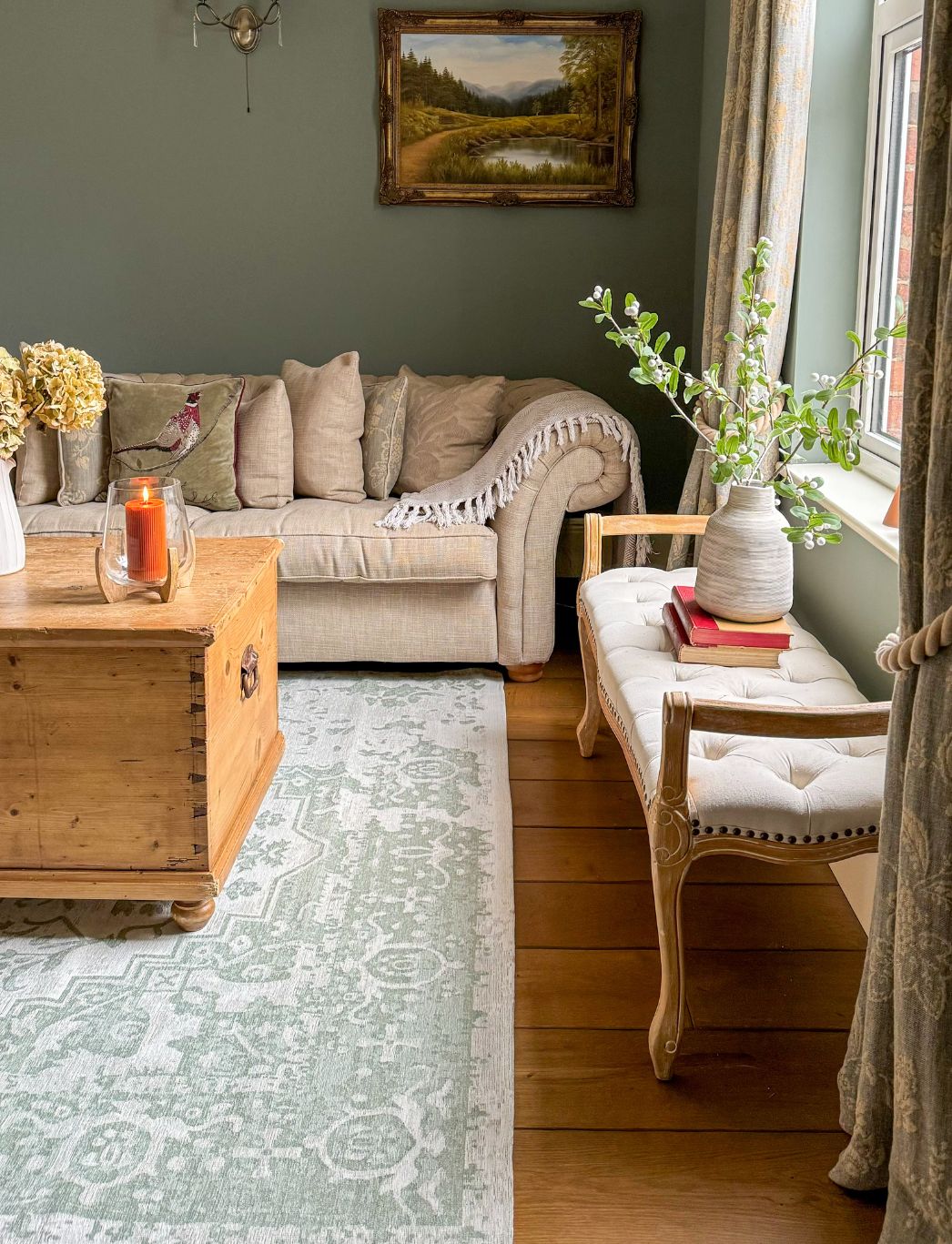

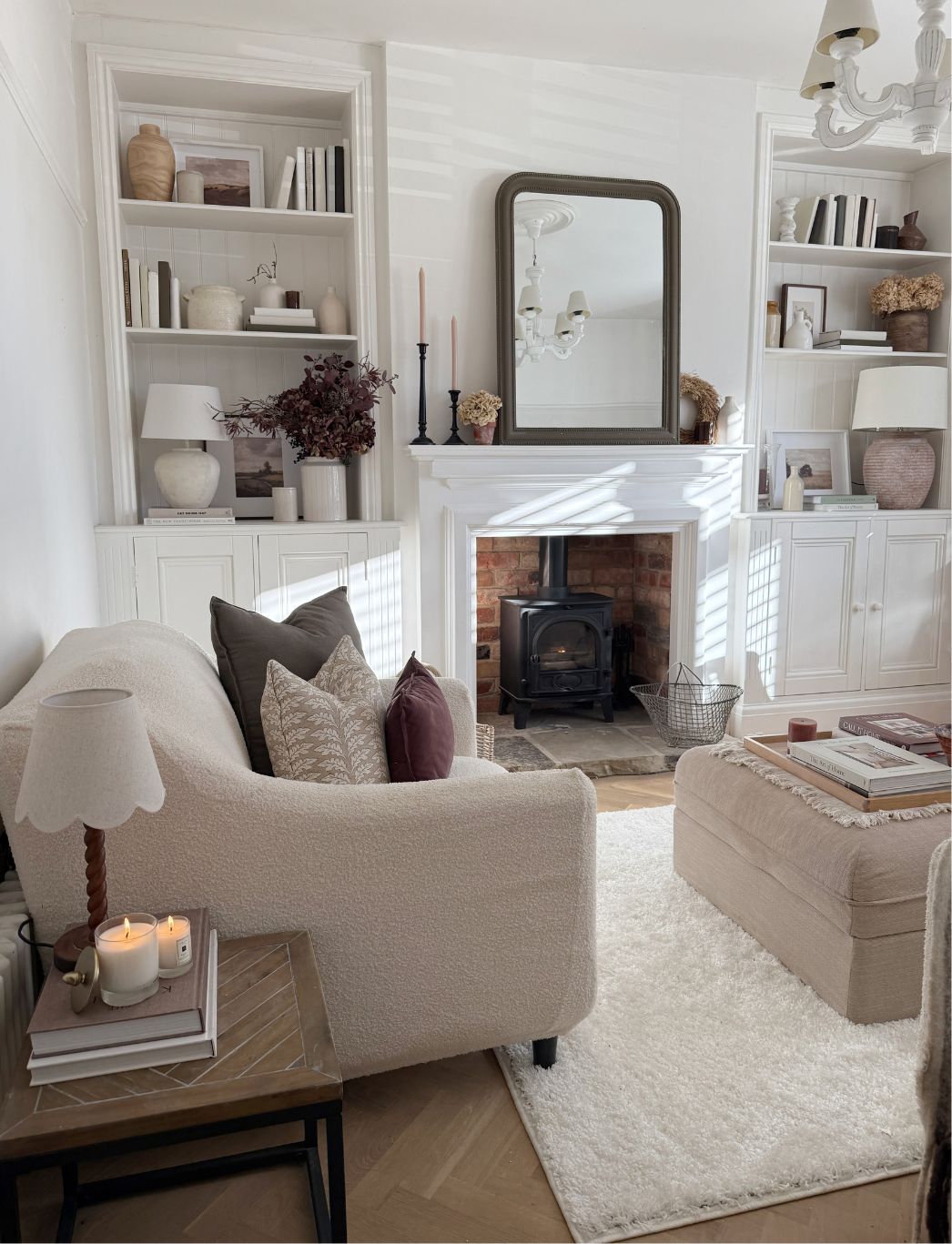
Leave a comment